1753 Chinatown comes alive
Chinese Victoria: A Long and Difficult Journey
by John Adams
Victoria: Discover the Past, 2022
$80.00 / 97809973124125
Reviewed by Robert Amos
To obtain a copy of Chinese Victoria, contact Discover the Past, 634 Battery Street, Victoria V8V 1E5. price $80 + $4 GST = $84.00
*
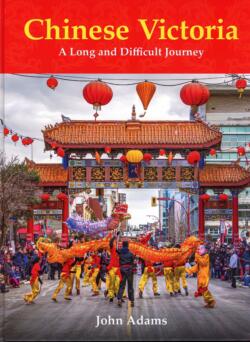 A book about Victoria’s Chinatown is sure to get my attention. As a young artist in the 1970s I joined my pals to move into the lofts left behind when the “sojourners” died off. Those were the elderly Chinese bachelors who had come to “Gold Mountain” to work and get rich, expecting “to return in silken robes” to their homes in China. Having essentially built what would become the Province of British Columbia following their first arrival in 1858, they suffered systemic prejudice. Eventually, through the Canadian Government’s “Exclusion Act,” from 1923 until 1949 no Chinese could come to Canada. Those already here, if ever they left, would never be able to return.
A book about Victoria’s Chinatown is sure to get my attention. As a young artist in the 1970s I joined my pals to move into the lofts left behind when the “sojourners” died off. Those were the elderly Chinese bachelors who had come to “Gold Mountain” to work and get rich, expecting “to return in silken robes” to their homes in China. Having essentially built what would become the Province of British Columbia following their first arrival in 1858, they suffered systemic prejudice. Eventually, through the Canadian Government’s “Exclusion Act,” from 1923 until 1949 no Chinese could come to Canada. Those already here, if ever they left, would never be able to return.
When the elderly Chinese died or moved out, artists moved into Chinatown, surreptitiously taking up residence in the “lofts” upstairs. This neighbourhood was steeped in history but it was a history largely made up of myth and misinformation. Personally, I thought I had a good idea about the culture of the Chinese in Victoria, and I approached John Adam’s new book with a “show-me” attitude.
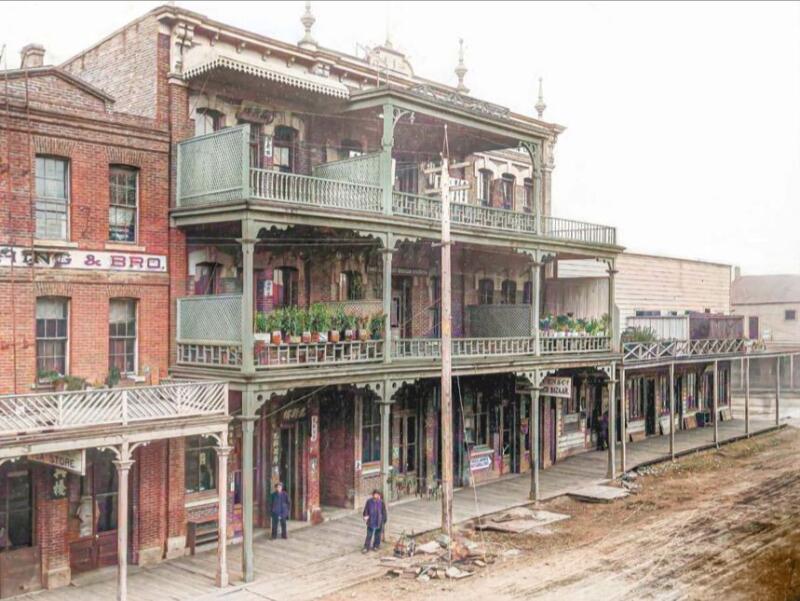
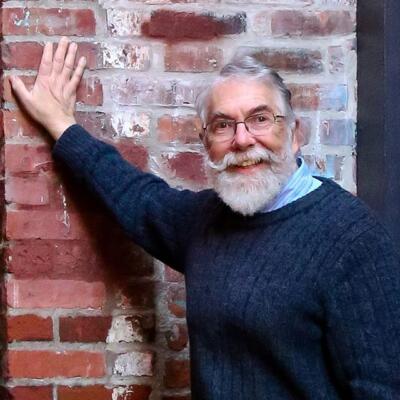
In a word, I was astounded. This volume is excellent – original and innovative — in every way. The 476 pages are illustrated with more than 800 pictures that Adams has unearthed from archives of every sort, including family albums of local pioneers and his own photographs of Victoria and from his travels in South China.
It’s not just the photographs. This book carefully identifies the location of each picture and names who is in it — no easy task when these people and buildings are mostly gone. And, surprisingly, he has “colourized” all the old black-and-whites. At first I was sceptical about this process, but I admit: the results are very effective. Old street scenes and portraits suddenly come alive. Adams has breathed life into dusty antiques and made the ancestors our contemporaries. This book is a treasure for the pictures alone.
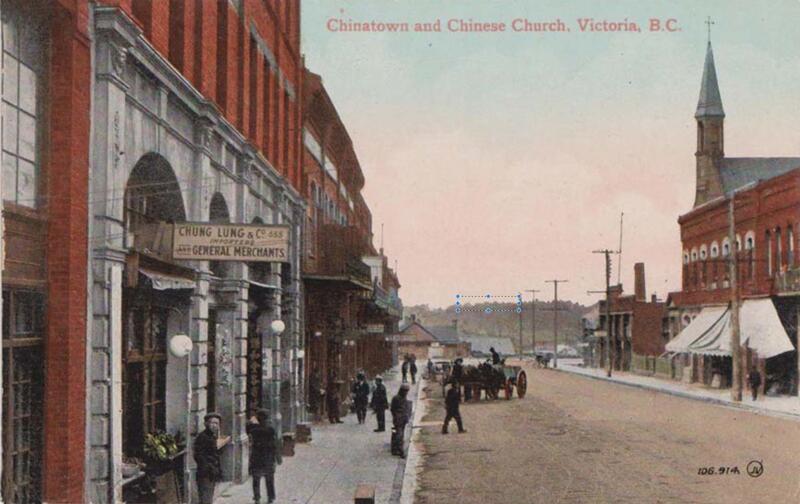
The author, in his preface, expresses the respect he feels for the people whose story he is telling. “First-hand nineteenth century accounts from Chinese informants are scarce,” he acknowledges, “and English-language third-party sources such as newspaper and official reports were often biased and intended to denigrate the Chinese people.” Adams uses those sources extensively, but judiciously. He interviewed everyone who would speak to him, and searched far and wide for documents in Chinese and English. The study has been the author’s obsession for at least twenty years, and the quantity and depth of his footnotes and references are extraordinary. I’ve written a few history books myself, but Adams’ thoroughness leaves me humbled.
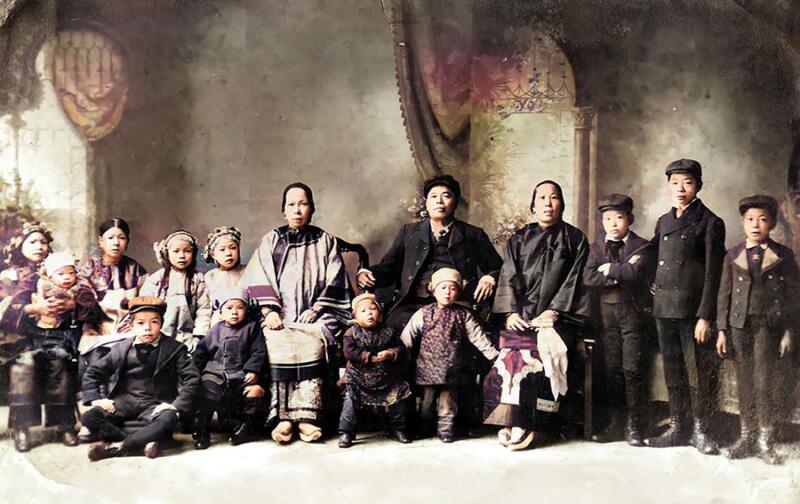
One might expect that a book with 45 pages of dense footnotes would be an academic exercise, of interest only to other specialists, but that is not the case. Adams tells his story in a fluid prose style that is engaging and endlessly informative, and the book has been very carefully edited. He told me that, considering its length, he expected that people might just dip into it here and there. In fact, I read every word — including all the notes.
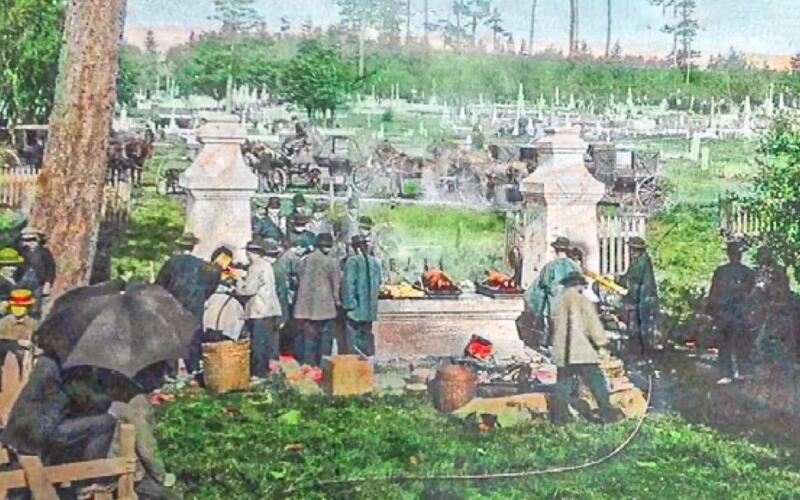
Adams gives readers the details of Victoria as the continental centre for opium manufacture. He provides the true explanation of the “cheater floor,” and offers a peek inside the “bone house” at the Chinese cemetery on Penzance Road at the edge of Oak Bay. He traces the evolution of old restaurants like the Poodle Dog and the Panama Cafe, and more recent ones such as Ming’s and Don Mee and Foo Hong. He gives clear descriptions of the Chinese Empire Reform Association, the local support for Sun Yat Sen, and how enlistment in the military in the Second World War led to enfranchisement for all Canadians of Chinese ancestry. Page after page, story after story, Adams provides a proper understanding of the long history of this established and expanding community, which continues to be a vital part of our city.
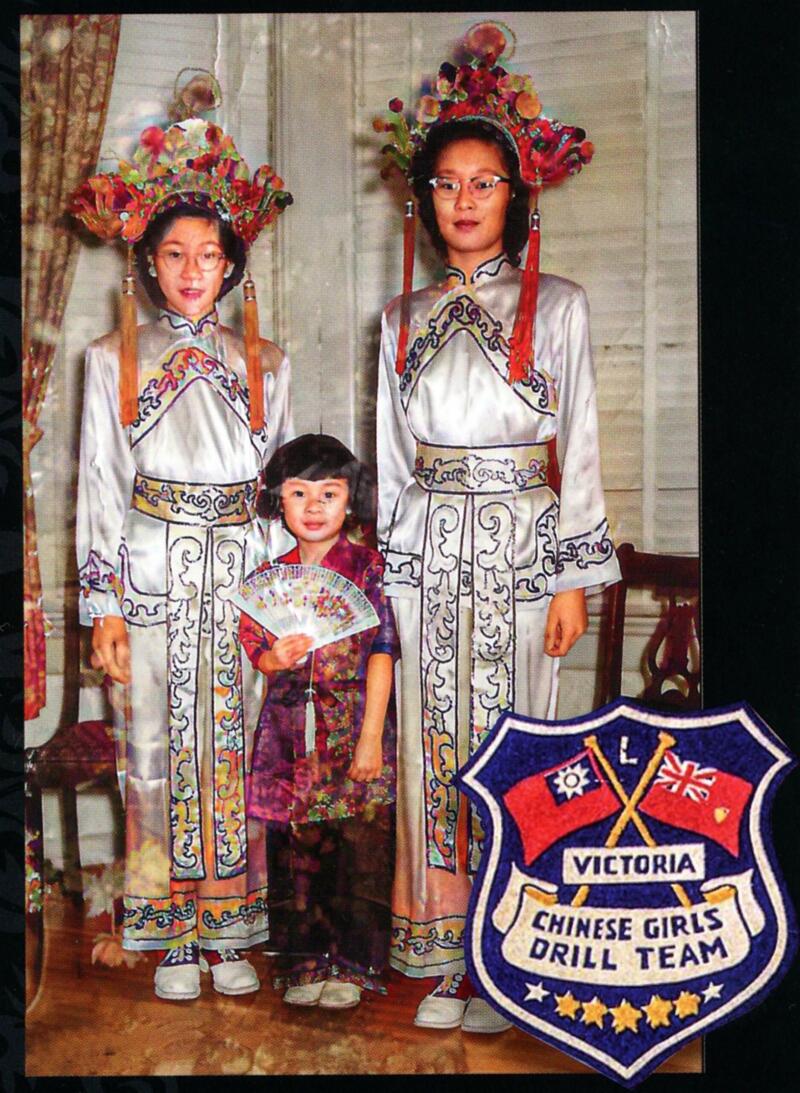
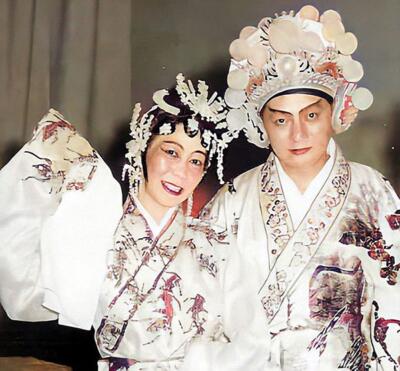
Beyond pictures and stories, Adams’s book brings the citizens of Chinese Victoria out from the shadows. No longer are they generic “Chinamen” in colourful costumes. When he can, he gives each one a name and, if possible, identifies their parentage and place in the family tree. It’s as personal as a school yearbook. These men, women and children are no longer simply the “other,” but people with hopes and dreams like anyone else. As the story moves to modern times I recognized people and places that I know. Our shopping malls were built where extensive greenhouses stood not long ago. Notable citizens — former mayor Alan Lowe, University chancellor Ron Lou Poy, and city councillor Charlayne Thornton-Joe — are members of families who lived through the remarkable times described in this book.
Anyone with even a passing interest in Chinatown will be fascinated by things they recognize in Chinese Victoria: A Long and Difficult Journey and intrigued by what they didn’t know. I’ve read most of the other books on the history of the Chinese in Canada. There’s not another one like this. Every school library should have a copy. With this book, John Adams has created something of lasting importance not just for the Chinese community in Victoria but for all who live here.
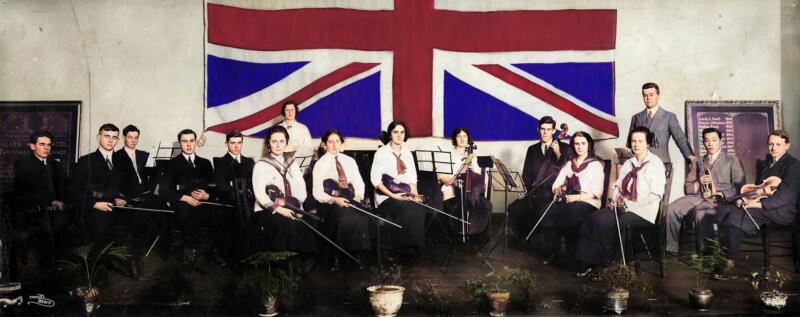
*

Robert Amos was the art writer for the Victoria Times Colonist newspaper for 32 years. His most recent book is E.J. Hughes: Canadian War Artist (Victoria: TouchWood Editions, 2022, review coming soon in these pages); and before that, the best-sellers The E.J. Hughes Book of Boats (TouchWood, 2020), reviewed here by Brian Harvey; E.J. Hughes Paints Vancouver Island (TouchWood, 2018), reviewed here by Phyllis Reeve and here by Alan Twigg; and E.J. Hughes Paints British Columbia (TouchWood, 2019), reviewed by Phyllis Reeve. Visit his website here. Editor’s note: Robert Amos has also reviewed books by Irene Gammel, Kiriko Watanabe, Kathryn Bridge, Robin Laurence, & Michael Polay, Keith McKellar, Sean Nosek & Ken Foster, and Scott Watson & Ian Wallace for The British Columbia Review.
*
Editor’s note: John Adams’ Chinese Victoria: A Long and Difficult Journey was shortlisted for the Basil Stuart-Stubbs Prize for Outstanding Scholarly Book on British Columbia and co-winner of the Dr Edgar Wickberg Book Prize awarded by the Chinese Canadian Historical Society of British Columbia – Richard Mackie
*
The British Columbia Review
Editor and publisher: Richard Mackie
Formerly The Ormsby Review, The British Columbia Review is an on-line book review and journal service for BC writers and readers. The Advisory Board consists of Jean Barman, Wade Davis, Robin Fisher, Barry Gough, Hugh Johnston, Kathy Mezei, Patricia Roy, Maria Tippett, and Graeme Wynn. Provincial Government Patron (since September 2018): Creative BC. Honorary Patron: Yosef Wosk. Scholarly Patron: SFU Graduate Liberal Studies.
“Only connect.” – E.M. Forster
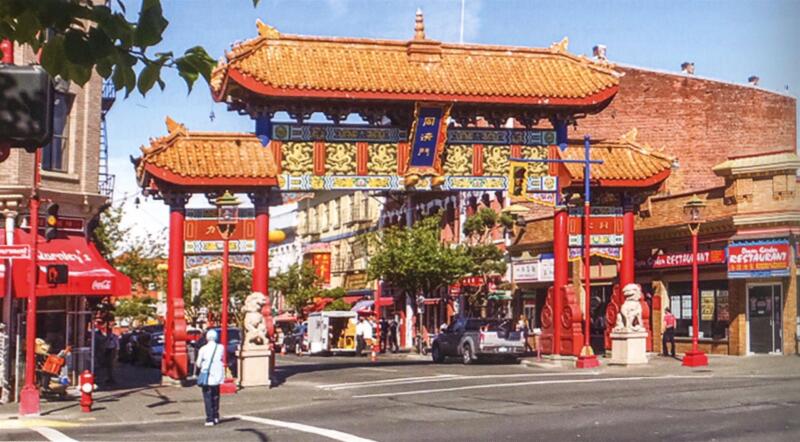
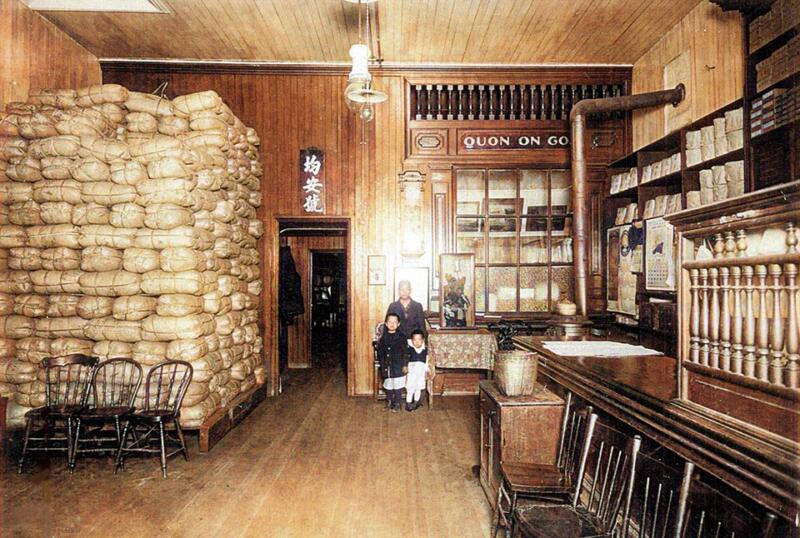
2 comments on “1753 Chinatown comes alive”
As a person with a long interest in the history of Chinese Canadians, I second everything said in Robert Amos’s excellent review. I can clearly see that it must have been difficult for John Adams to exclude many other topics that he knew about — but which he had to exclude before the book became too heavy.
Wonderful review. I’m so intrigued